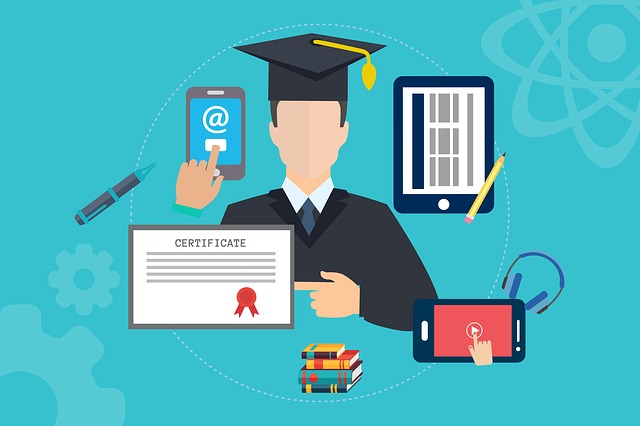
YouTube is the largest video-sharing website in the world,
with 2 billion users and 500 hours of videos uploaded every minute. It's also
one of the most popular learning tools in education, with students using it to
watch lectures, tutorials and even live classes.
Generation Z is a generation that has a higher preference
for learning from YouTube and videos than printed books, according to a recent
survey by Pearson. They use YouTube to learn about anything from cooking and
makeup to music and sports. That's driving curricula and technological changes
in some schools, but it raises questions about how well the platform is
protecting kids from inappropriate content.
In the past five years, a number of advocacy groups have
filed complaints against YouTube, alleging that the company is violating the
Children's Online Privacy Protection Act by targeting children with
advertisements. It's also been accused of promoting misinformation and
encouraging people to watch harmful or dangerous videos.
The video-sharing platform has become an influential source
of political debate and discussion, as well. It's a place where people can
express their opinions on controversial issues, such as immigration, abortion
and public education. And that's an important issue for educators to consider.
A growing number of students are using YouTube to learn
science. They're more likely to watch chemistry-related video on the site than
they are to read textbooks or use other forms of education.
However, teachers have to be careful about how they use the
video-sharing platform with their students, as the content may be misleading or
even harmful. The platform is not regulated by a government agency, so it's up
to individuals to check the content before sharing it with others.
Younger kids are also prone to believing misinformation on
the platform, so it's important for educators to vet any videos they share with
their students. This can be done by watching a video together and discussing it
in class, when possible.
In addition, videos can help educators promote
microlearning—short, digestible learning units that are easy to pause and
rewatch at a later time if needed. This type of learning is especially
effective for students with busy schedules and a limited amount of time to
study.
There isn't much research about how YouTube is used by
educators, but some studies have looked at it from a social science
perspective, such as Tan and Pearce (2011) and Jeff Young (2013). While there
are many benefits to using video in the classroom, it's also important to
remember that videos on YouTube can be misleading and dangerous, especially for
younger learners.
What's more, YouTube is a free-for-all space, so it's easy
to find videos that contain inappropriate content. It's also hard to keep track
of what is safe and what is not, so it's important for parents to educate their
children about the dangers of YouTube.
For this reason, many educators are turning to Google's
GoGuardian Admin(tm) to help them manage the videos their students see. This
tool allows them to filter out age-inappropriate and harmful videos as well as
block the recommended videos sidebar from recommending new ones. It can also
block certain channels that are categorized by YouTube as not appropriate for a
mature audience.